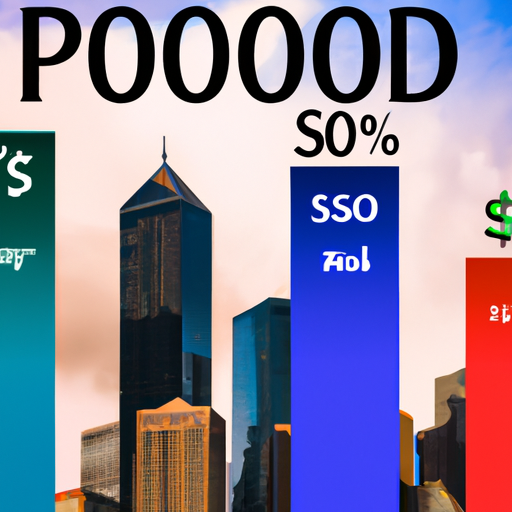
Right now, the five biggest companies in the S&P 500, Apple, Microsoft, Amazon, Nvidia, and Alphabet (both share classes) are 21.0% of the value of the S&P. Usually, the top-five share is lower. But it's possible that returns to scale are higher than they used to be, and that there's a secular trend towards larger companies.
For the purpose of this question, I'd treat multiple classes of stock as representing the same company (and, in the edge case where the biggest company has tracking stock, it's still going to count as one company). But spinoffs would not count, e.g. if Amazon spins off AWS, we would not add the value of the two surviving companies.
This question is not asking if today's top five will collectively be 21.0% of the market, just if the top five will have that share.
🏅 Top traders
| # | Name | Total profit |
|---|---|---|
| 1 | Ṁ6,737 | |
| 2 | Ṁ2,847 | |
| 3 | Ṁ2,724 | |
| 4 | Ṁ2,019 | |
| 5 | Ṁ723 |
People are also trading
Just checking my understanding of "in 2025" - this means that the market will resolve yes if, at any point in the year, the top five biggest companies (total stock evaluation for this ranking?) equal 25% or more of the value of the S&P 500 - yes?
I'm assuming that if a company is broken into separate companies such that they are listed as separate stocks (presumably due to antitrust action), then they would treated as separate companies for the purposes of this market? I ask, because that's the only scenario where I imagine this market resolving NO.
historical graph (note y-axis is shifted)

https://www.investopedia.com/top-10-s-and-p-500-stocks-by-index-weight-4843111 looks to be a fairly reputable source on this that keeps itself up to date.
@jfjurchen 20.95% or above will qualify, as the question text uses 21.0% rather than the rounded number.